Village elder Âm Moan (A Quan village, Lia commune) recalls that in the past, the forest was right behind the village. Just step over a few stone steps, open a path through a few bushes and you will see the forest. The forest provided firewood, wood for building houses, forest fruits in exchange for salt, and shade to cover the poverty. But then the forest quietly receded like an old forgotten mother. When the Pa Co and Van Kieu people migrated, cleared their fields, built houses from the red trunks of rosewood, black muong, and precious trac trees, etc., the forest began to gradually erode, gasping for breath through the scorching Lao winds.
It was not until the forest was thinned, floods came and washed away the fields, dried up the streams, and turned the land white that the villagers began to wake up. “We must keep the forest in our village, we must bring the forest back to our gardens”, a village elder once said in the middle of a campfire about 35-40 years ago, and since then, it has become the common aspiration of the whole community. People go looking for tree buds, looking for young trees, looking for even the anguish to bring the incense back to the village.
Mrs. Ho Thi But in village 7, Thuan commune, now has hair as white as kitchen ashes, living alone in an old but peaceful stilt house under the shade of 6 ancient rosewood trees. That is the legacy that her husband, a Van Kieu man who understands the forest better than anyone, left behind after returning to Giang. Nearly forty years ago, he walked for 4 days to dig up rosewood trees as tall as a person, carried them on his shoulders and brought them back to plant around the house.
The ancient rosewood trees of Mrs. Ho Thi But's family.
Mrs. But said that many times people from the lowlands came here to pay tens of millions for a tree, promising to make a redwood altar, and pledging not to touch the remaining tree. But she just smiled and shook her head. “This tree shelters my children during the rainy season, and gives fragrance to my grandchildren every morning. Cut it down, take the money to eat a few meals, and then who will stand here to remind the children of the forest?” For her, the rosewood tree is not just a precious tree. It is a memory, a belief, and the image of her husband still lingering somewhere under the tree, when the full moon shines down on the garden.
In A Quan village, village elder Äm Moan does not keep gold or guns. He keeps the forest. His garden is like a miniature conservation area, with dozens of rosewood trees over 20 meters high, and 2 hectares of rosewood growing densely like a carpet. “After many years of painstaking care, now every morning I look out and see the forest standing there, I feel like my life is not wasted,” old man Äm Moan confided. He added that many people from the lowlands have come here to pay more than a hundred million dong for a few rosewood and rosewood trees, but he said that if he sold them, the forest would die on the truck, but if he kept them, his descendants would know which trees had fragrance, which trees had souls. So, that group of wood traders had to leave.
Village elder Âm Moan still remembers clearly the time when the Pa Co people wanted to build a long house in the village, they had to cut down at least 15 rosewood trees. Now it is different. Rosewood trees grow on the fields, spreading their canopy to the middle of the garden. The villagers now call rosewood by two words: “savings”!
According to old man Ðam Moan, every October, the Lia region seems to awaken in a golden dream. The small, fragrant rosewood flowers bloom, as fragrant as old clothes, lingering in stories told late at night. The small, golden flowers are as fine as sunlight, dyeing the mountainside, paths, and roofs. Some people say that one must get lost on an early October morning, when the mist has not yet completely cleared, to fully appreciate the simple yet magical beauty of the ancient rosewood trees in the border region.
Mr. Ho Van Com, in Ky Tang village, Lia commune, took us through the forest for nearly half a day to reach his farm, where there are more than 60 natural rosewood trees. He said: “Here, every house has a few trees. Some people have 3-5 trees, some have up to 40 trees. It looks like a forest, but it is a forest in people’s hearts!”
Rosewood is a rare and prohibited group IIA tree species. However, what has kept the rosewood forest in Lia region from being destroyed for decades is not only the law, but also customs and the unwritten consensus of the community. Each tree is like a silent oath: not to cut, not to sell, not to betray the forest.
Mr. Nguyen Minh Hien, Head of Lao Bao Forest Protection Station, Huong Hoa District, said: “Propaganda here cannot be done using loudspeakers or orders. We have to go to each house, sit with them, and tell stories about the law and the forest. We have to make them believe that we are the ones protecting the forest, not the ones prohibiting it.” And thanks to that method, more than 1,000 hectares of natural forest in 7 communes in the Lia region, with hundreds of ancient rosewood trees, are still intact.
Source: https://cand.com.vn/Xa-hoi/mang-rung-ve-lai-ban-i772278/


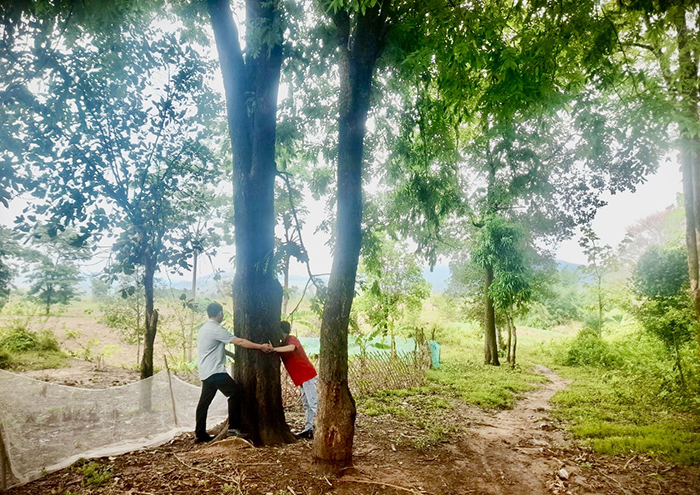
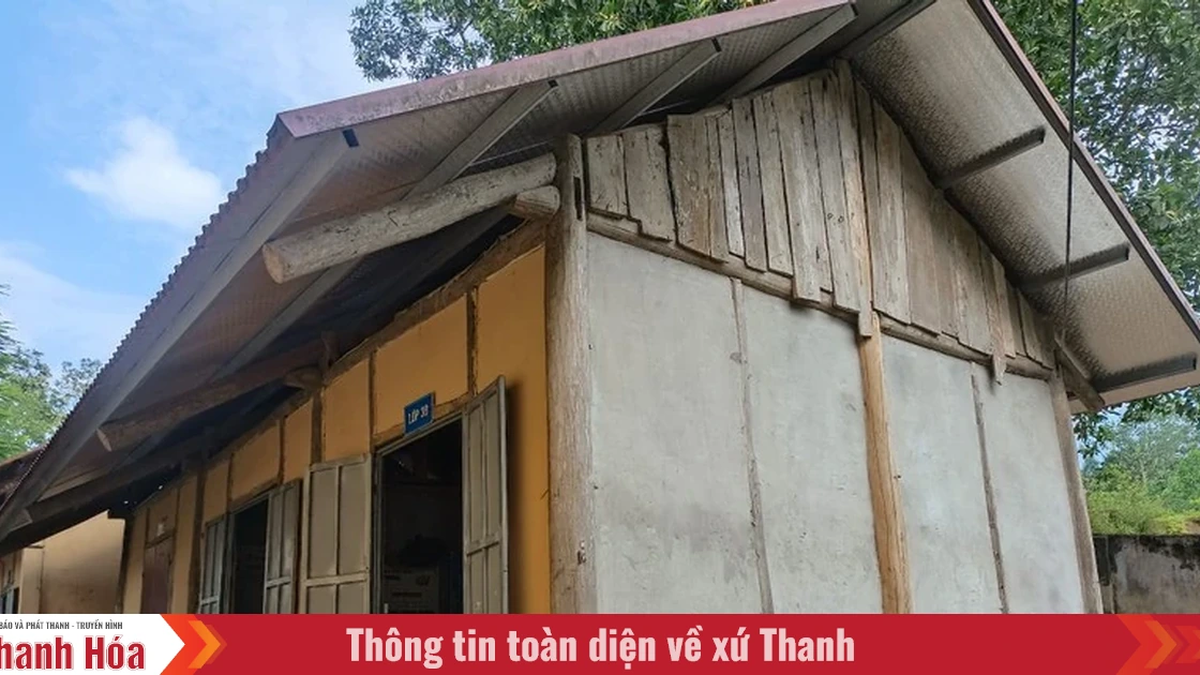


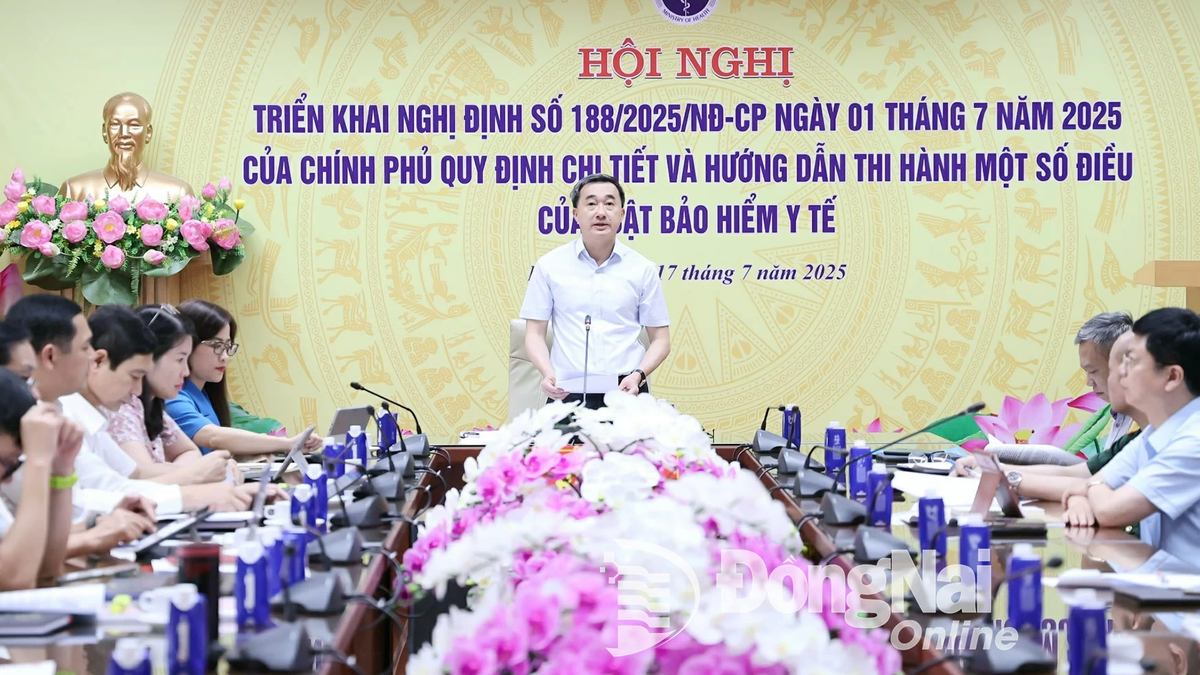




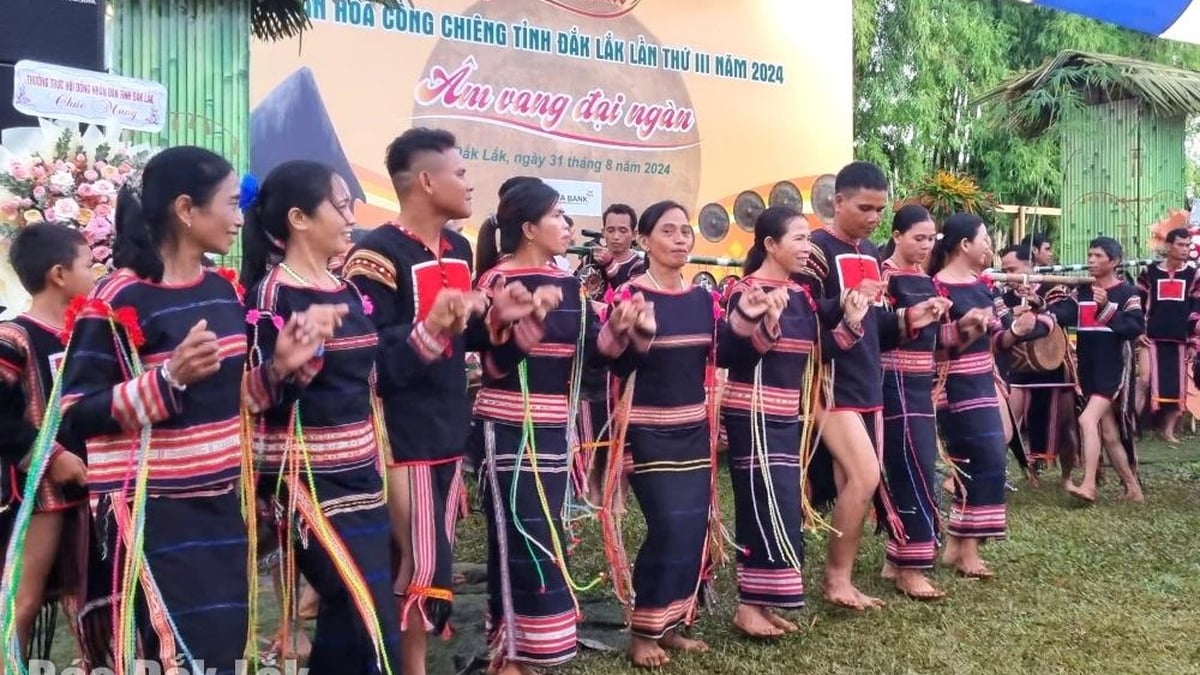
















































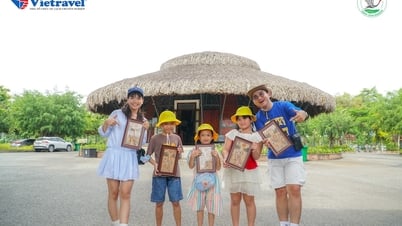







































Comment (0)